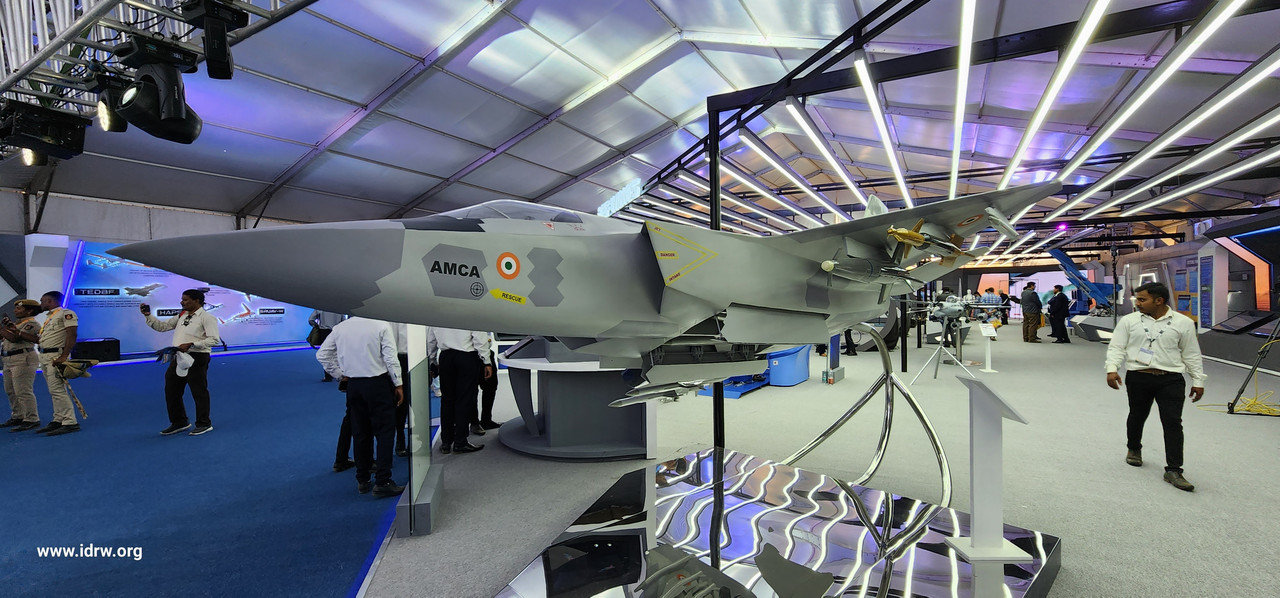SOURCE: RAUNAK KUNDE / NEWS BEAT / IDRW.ORG


Dr. Samir V. Kamat, Secretary DD(R&D) and Chairman of the Defence Research and Development Organisation (DRDO), recently announced a significant milestone in India’s aviation capabilities. The country’s ambitious 5th-generation fighter jet program is expected to be ready for production by 2033-34, with induction into the Indian Air Force (IAF) slated for 2035 onwards.
The Advanced Medium Combat Aircraft (AMCA) is set to be India’s next-generation fighter jet, a considerable leap ahead of the current Tejas MkII and Mk1A. The AMCA program promises to bring a host of advanced technologies and capabilities to the IAF, positioning India among the few nations capable of developing and deploying 5th-generation fighters.
While Dr Kamat did not specify whether the initial production model would be the AMCA MkI or a more advanced MkII powered by a new upgraded engine, there are strong indications from Hindustan Aeronautics Limited (HAL) and the Aeronautical Development Agency (ADA) that suggest significant progress in the development process. Kamat did classify AMCA as a 5.5Gen fighter jet that will be far superior to the current 5th gen aircraft which was also confirmed by the previous ADA Chief.
The timeline outlined by Dr. Kamat aligns with the progress reported by HAL and ADA. Following the granting of Cabinet Committee on Security (CCS) approval for the development of five AMCA prototypes in March, the first flight of the AMCA is projected to occur in approximately four and a half years. This would place the maiden flight around late 2028 or early 2029.
Subsequent to the first flight, another 4-5 years of rigorous testing will be required to ensure the aircraft meets all operational parameters and safety standards. This testing phase, extending into the early 2030s, is crucial for fine-tuning the aircraft’s performance and integrating the array of new technologies being developed.
The AMCA program involves the integration of cutting-edge technologies that are a generation ahead of those used in the Tejas MkII and Mk1A. These advancements include:
- Stealth Capabilities: Reduced radar cross-section and advanced materials to enhance stealth.
- Advanced Avionics: Next-generation avionics and electronic warfare systems.
- Supercruise: The ability to sustain supersonic flight without afterburners.
- Multirole Capability: Versatility in both air-to-air and air-to-ground missions.
These technologies are currently under development and require extensive testing to ensure they meet the demanding standards of modern aerial combat. The AMCA’s advanced features necessitate a longer development and testing period compared to previous aircraft.
NOTE : Article cannot be reproduced without written permission of idrw.org in any form even for YouTube Videos to avoid Copy right strikes. Websites doing illegal reproductions will get DMCA and Legal Notices.